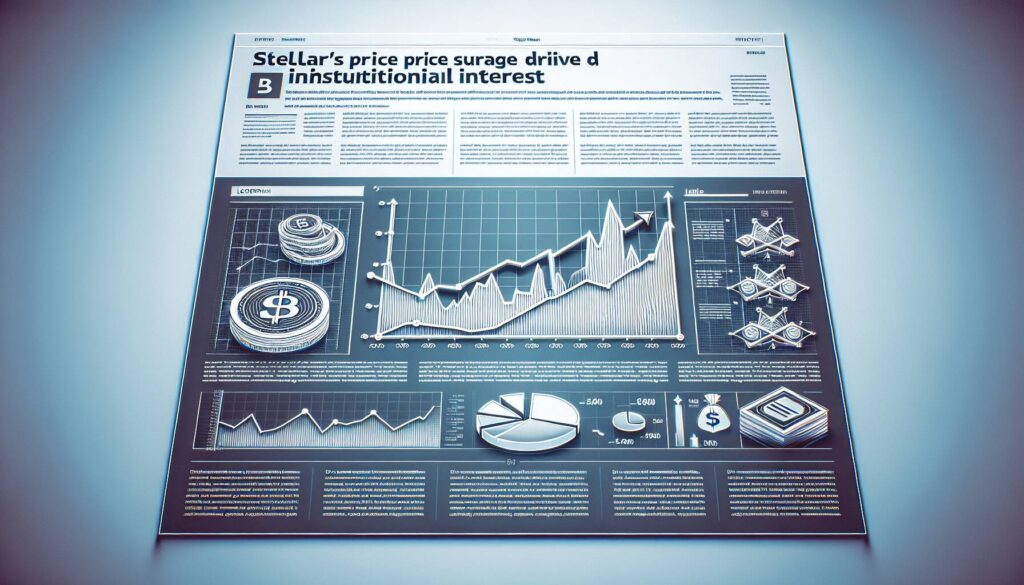XRP experienced a dramatic selloff, plunging as much as 42% in Friday’s trading session, marking its most significant single-day decline in recent years. The cryptocurrency, which opened at $2.82, saw its price drop to a low of $1.64 before staging a partial recovery to $2.36. This volatility triggered a surge in trading volume, exceeding 164% above its 30-day average, indicative of forced deleveraging as major institutional players liquidated positions amid an uncertain economic backdrop.
In a single day, XRP’s value sank from $2.82 to $2.36, reflecting a daily loss of 16%. The selling pressure was particularly intense during peak trading hours, where intraday volatility reached 43%. Factors contributing to this sharp decline include significant liquidation in futures markets, where long positions totaling $21 million were unwound compared to only $2 million in short positions. Additionally, a notable transfer of 320 million XRP to exchange wallets highlights the distribution pressure from major holders, known as whales.
Late-session buying activity provided some stability, with XRP closing near $2.35–$2.40 despite the broader market turbulence.
The recent turmoil surrounding Ripple’s ecosystem has been exacerbated by macroeconomic challenges, including global trade tensions, differing central-bank policies, and regulatory uncertainties, particularly related to U.S. digital banking licenses. The looming deadline for Ripple’s National Trust charter, which passed on October 7, has further raised concerns over the regulatory landscape for XRP-linked institutional products.
Although the price action has been severe, on-chain data suggests that long-term holders have taken advantage of the dip, repositioning by accumulating XRP below the $2.40 mark. As the market digests this latest development, traders remain vigilant, monitoring crucial support levels and watching for signs of a potential recovery in open interest as liquidity in the derivative markets decreases significantly.

XRP Market Dynamics
Key points regarding XRP’s recent market performance and its implications:
- XRP Price Drop: XRP experienced a sharp decline of 42%, with prices falling from $2.82 to $2.36.
- Intraday Volatility: The price exhibited significant volatility, peaking at 43% and briefly dipping to $1.64.
- Institutional Liquidations: Long liquidations reached $21 million, significantly impacting futures open interest.
- Whale Distribution: 320 million XRP was transferred to exchanges, indicating increased selling pressure from large holders.
- Market Macro Environment: Ripple’s operations are under stress due to global trade tensions and regulatory challenges.
- Regulatory Risks: The passing deadline for Ripple’s National Trust charter raises uncertainties for XRP-linked products.
- Buying Recovery: Despite the downturn, late-session accumulation suggested interest from long-term holders below $2.40.
Impact on Readers: Understanding these market fluctuations can help investors make informed decisions about trading XRP, assess risk, and identify potential opportunities in both the crypto market and broader financial context.
- Support and Resistance Levels: Key support established around $2.30–$2.35; watch for stabilization to gauge future direction.
- Future Observations: Traders should monitor accumulation by whales, rebuilding of open interest, and regulatory clarity regarding Ripple.
- Potential Price Triggers: A breakout above $2.90 could signal a reversal, while downside risks remain if volume decreases.
XRP’s Recent Volatility: Insights Compared to Market Trends
The recent plunge of XRP, witnessing a staggering 42% drop, has sent shockwaves through the cryptocurrency market, highlighting vulnerabilities that many assets are currently facing. Notably, this dramatic shift contrasts sharply with other cryptocurrencies that have maintained steadier trajectories amidst global economic uncertainties. For instance, while XRP struggled due to heavy liquidation from whales and institutional investors, Bitcoin and Ethereum appear to have navigated turbulent waters more successfully, reflecting a broader market resilience that XRP could learn from.
Competitive Advantages: One evident advantage of XRP’s recent volatility is the increased trading volume, which surged 164% above the 30-day average. This could attract day traders and those looking for opportunistic buys during dips. Long-term holders seem to be using this moment as a value-buying opportunity under the $2.40 mark, indicating that those with a bullish outlook on XRP may find this a strategic entry point. Additionally, market interest around regulatory developments post-Ripple’s National Trust charter review could serve as a catalyst for renewed investor confidence.
Disadvantages: Conversely, with XRP showcasing extreme volatility, there’s an inherent risk for both retail and institutional investors. The collapse triggered a wave of forced deleveraging, causing a distrust that may deter potential investors seeking stability. The regulatory uncertainty—culminating from the charter deadline lapse—adds pressure, potentially dissuading institutional adoption and further stifling price recovery.
The ongoing situation creates a dichotomy in who benefits or suffers from XRP’s current trajectory. Day traders and opportunistic investors looking to capitalize on short-term price fluctuations may thrive in this volatile environment. On the flip side, risk-averse investors or those focused on long-term holdings could find this atmosphere disconcerting, particularly given the inherent uncertainties surrounding regulatory frameworks and macroeconomic conditions impacting asset performance.

















